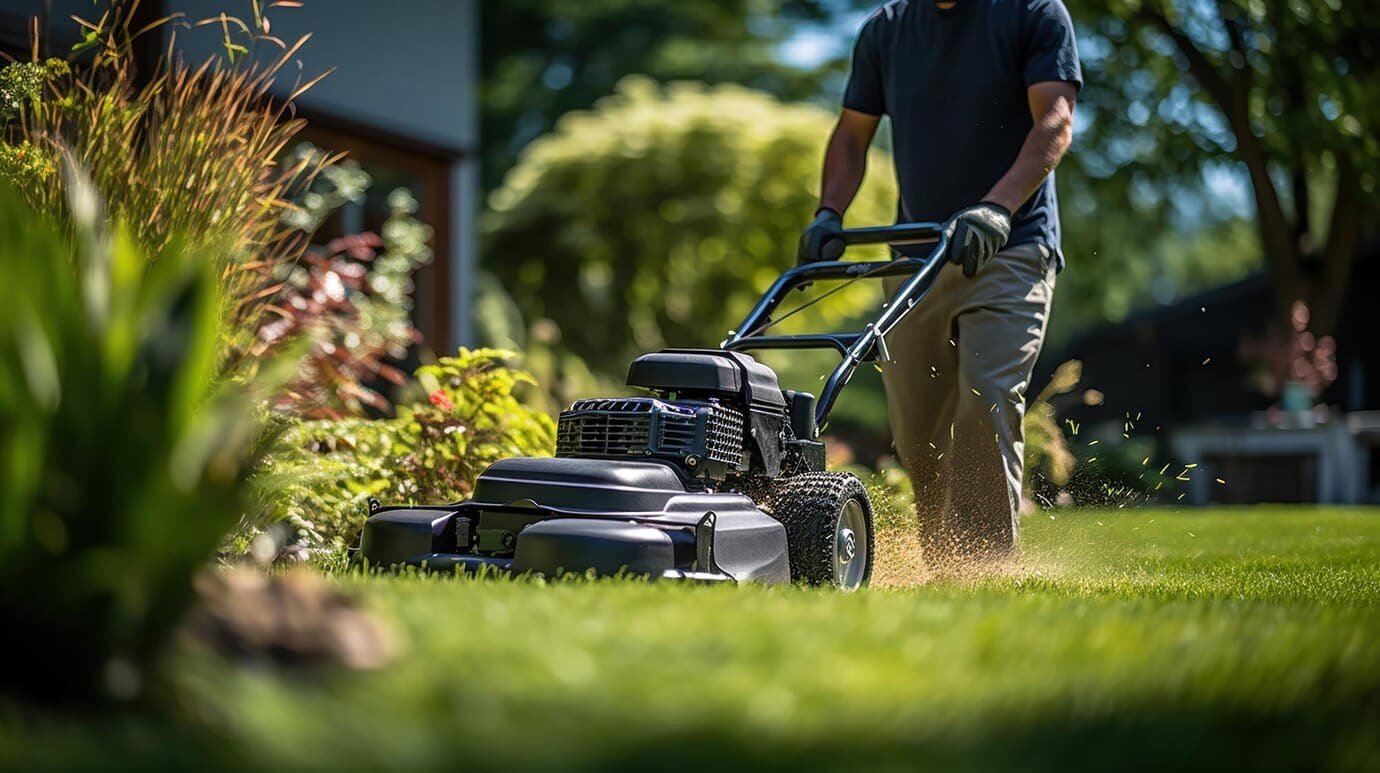Guide To Grass Cutting In Bedfordshire
A lush and healthy lawn is a rewarding endeavor that enhances the beauty of your property while providing a comfortable outdoor space. In Bedfordshire, a county renowned for its picturesque landscapes and charming countryside, keeping your grass in top condition is an essential aspect of home maintenance. This comprehensive guide will walk you through the best practices for cutting your grass in Bedfordshire, considering the region’s climate, soil conditions, and local environmental factors.
Understanding Bedfordshire’s Climate And Soil
Before delving into the specifics of grass cutting, it’s crucial to comprehend the unique climate and soil characteristics of Bedfordshire. The county experiences a temperate maritime climate with mild temperatures, moderate rainfall, and occasional frost during the winter. The soil composition varies across the region, with a mix of clay, loam, and sandy soils.
Soil Testing and Analysis
Begin your lawn care journey by conducting a soil test to determine the pH level and nutrient content of your soil. Bedfordshire’s diverse soil types may require different approaches to ensure optimal grass growth. Testing kits, readily available at local garden centres, can provide valuable insights into your soil’s specific needs.
Choosing the Right Grass Species
Selecting the appropriate grass species for Bedfordshire is crucial for a thriving lawn. Cool season grasses like Kentucky bluegrass, perennial ryegrass, and fine fescue varieties are well suited to the region’s climate. These grasses flourish in the moderate temperatures and can withstand occasional frost.
Lawn Mowing Techniques
Once you have a solid understanding of Bedfordshire’s climate and soil, it’s time to explore effective lawn mowing techniques tailored to the region.
Mowing Frequency
Regular mowing is essential for maintaining a healthy lawn. In Bedfordshire, the growing season typically spans from spring to early autumn. During this period, aim to mow your lawn every 1-2 weeks, adjusting the frequency based on weather conditions and grass growth.
Ideal Mowing Height
Set your lawnmower to the recommended height for the grass species in your lawn. For cool season grasses common in Bedfordshire, a cutting height of 2.5 to 3 inches is ideal. This height allows the grass to develop a robust root system and promotes shade, reducing weed competition.
The One Third Rule
Adhere to the one third rule when mowing your lawn – never remove more than one third of the grass blade at a time. Cutting more than this can stress the grass, leading to a weakened root system and increased susceptibility to pests and diseases.
Mulching Benefits
Consider using a mulching mower to recycle grass clippings back into the lawn. Mulching provides valuable nutrients to the soil, enhances moisture retention, and reduces the need for additional fertilisation.
Seasonal Lawn Care Tips
To achieve a pristine lawn in Bedfordshire, it’s essential to adapt your lawn care routine to the changing seasons.
Spring
Spring marks the beginning of the growing season in Bedfordshire. Start by removing any debris or thatch accumulated during the winter months. Aerating the soil can improve water and nutrient absorption. Apply a balanced fertilizer to provide essential nutrients for vigorous growth.
Summer
During the summer months, adjust your mowing frequency to accommodate increased grass growth. Water your lawn deeply but infrequently, preferably in the morning or evening to minimise water evaporation. Keep an eye on potential pests and diseases, and address any issues promptly.
Autumn
As temperatures begin to cool in autumn, continue mowing your lawn regularly and gradually reduce the mowing height. Remove fallen leaves promptly to prevent them from smothering the grass. Consider overseeding to fill in any bare patches and promote a thick, healthy lawn.
Winter
In winter, Bedfordshire experiences occasional frost, so it’s advisable to raise the cutting height of your lawnmower. Avoid walking on frozen or frost covered grass to prevent damage. Winter is also an excellent time for lawn equipment maintenance and planning for the upcoming growing season.
Additional Tips for Bedfordshire Lawns
Weed Control
Bedfordshire’s varied soil types can contribute to weed growth. Implement an effective weed control strategy, including regular inspections and timely removal. Consider using organic or chemical herbicides as needed, ensuring they are appropriate for your grass species.
Watering Guidelines
While Bedfordshire generally receives moderate rainfall, there may be periods of drought. Monitor soil moisture levels and water your lawn when necessary. Water deeply to encourage deep root growth and drought resistance.
Lawn Edging
Maintain crisp and well defined lawn edges for a polished appearance. Regular edging prevents grass from encroaching onto flower beds, pathways, and other landscaped areas.
Equipment Maintenance
Regularly service and maintain your lawnmower and other lawn care equipment. Keep blades sharp, change the oil, and inspect the spark plug to ensure optimal performance.
Conclusion
Caring for your lawn in Bedfordshire is a year round commitment that pays off with a lush, vibrant, and inviting outdoor space. By understanding the region’s climate, soil conditions, and implementing the right lawn care practices, you can enjoy a healthy and beautiful lawn that complements the natural charm of Bedfordshire.
Remember, a well maintained lawn not only enhances the aesthetic appeal of your property but also provides a comfortable and enjoyable environment for outdoor activities throughout the year.


